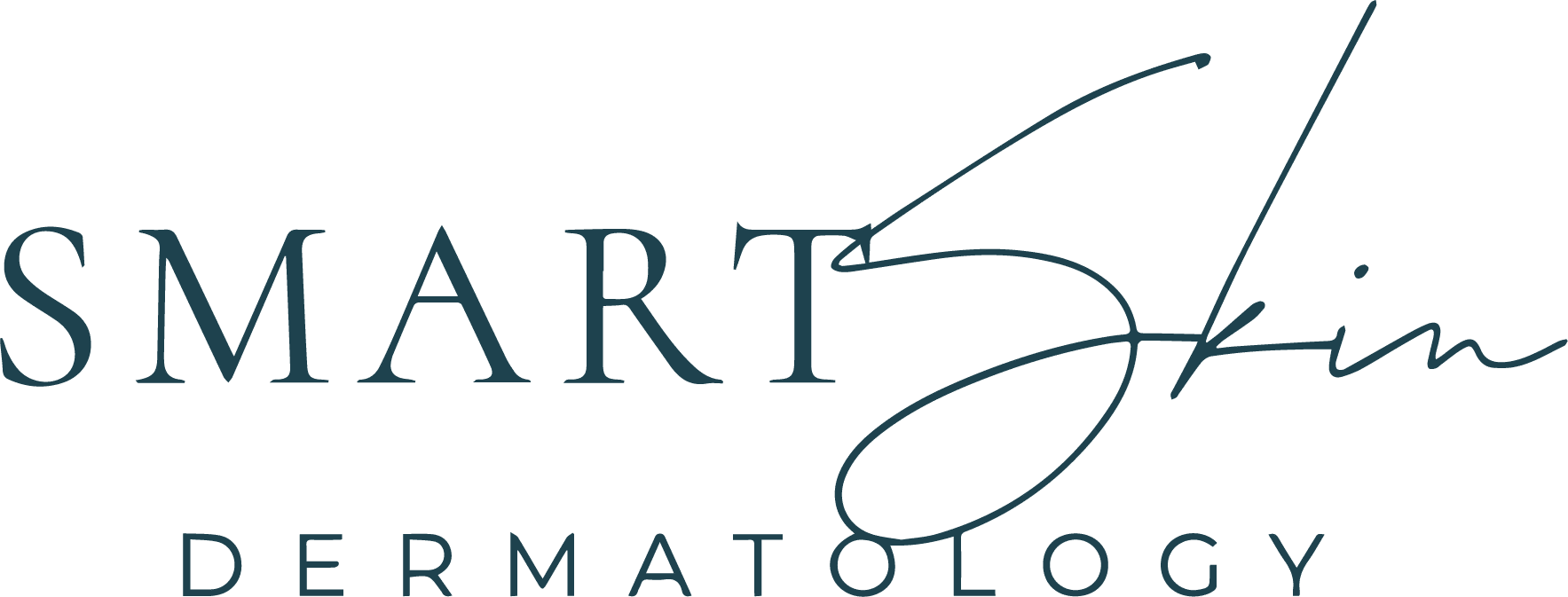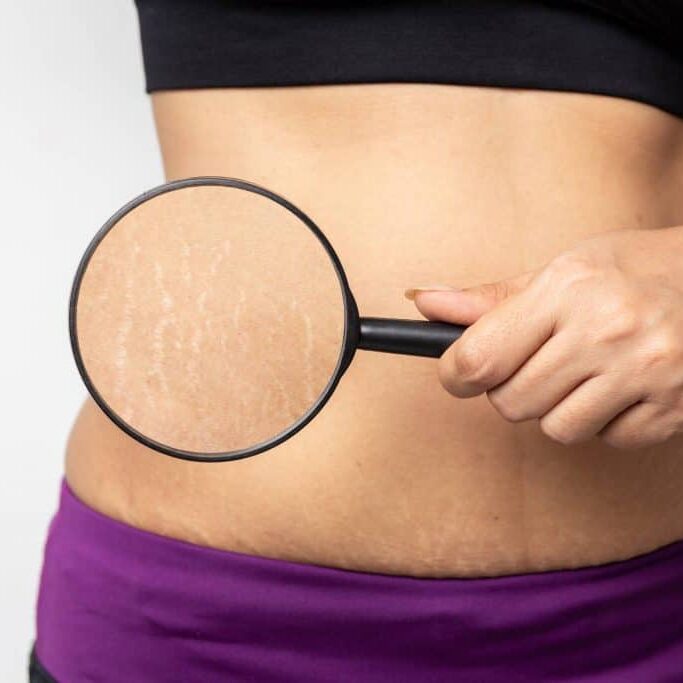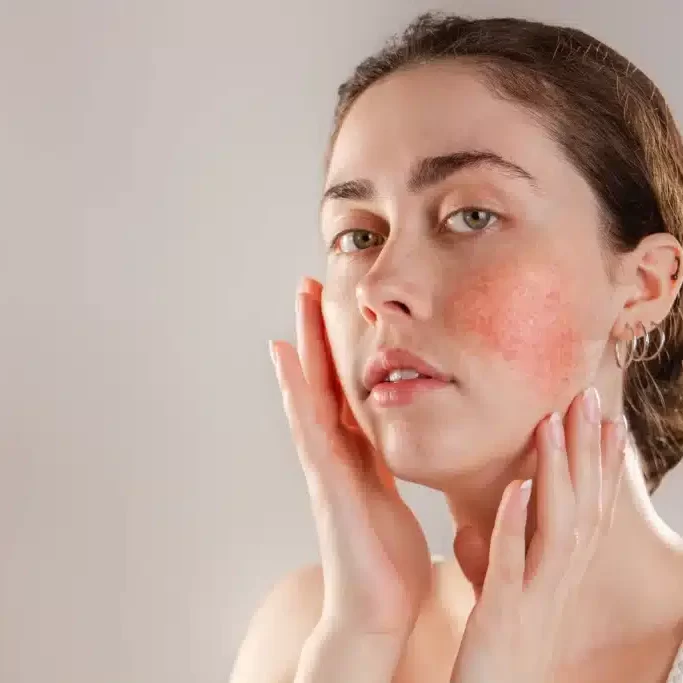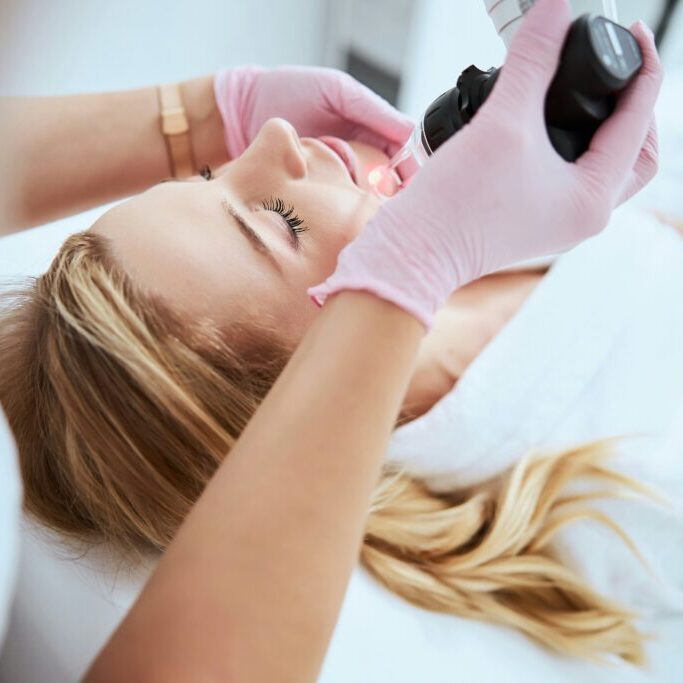Coolsculpting vs. Liposuction: THE TRUTH (SPOILER ALERT: IT’S NOT PRICE OR RESULT ENDPOINT)
Stubborn fat bulges can be a constant source of frustration. You’ve likely tried diet and exercise religiously, but those pockets just won’t budge. Now, you’re ready to take action and explore body contouring treatments. However, the internet bombards you with conflicting information, promising miracle cures and instant results. Liposuction and Coolsculpting are two popular options, but with so many claims and confusing details, it can be hard to know which one is right for you. This is where Smart Skin Dermatology can help. We’ll clear away the confusion and guide you towards the treatment that best fits your goals and lifestyle for a safe and effective body contouring experience.
DOWNTIME & RECOVERY VS CERTAINTY OF RESULTS
At Smart Skin Dermatology, we understand that achieving your body contouring goals is a priority. Both Coolsculpting and liposuction are effective methods for eliminating stubborn fat pockets, but choosing the right option depends on two key factors: certainty of results and downtime & recovery. Let’s break it down:
1. CERTAINTY OF RESULTS:
- What are the “certainty of results”: Imagine having a picture in your mind of what results you want. Next, imagine spending a few thousand dollars on treatment. How certain would you need to feel that this budget would get you to your desired results? “If I had known I’d need more treatments than what I originally signed up for I would have done something different.”
- Liposuction: The winner. This surgical procedure physically removes fat cells, ensuring a noticeable reduction with a high level of confidence. And while different people can respond differently, it takes most of the guesswork regarding how well you will respond out of the equation.
- Coolsclupting: A worthy contender, but with a caveat. While Coolsculpting effectively freezes and destroys fat cells, individual responses can vary. Some patients experience dramatic results in 1-2 sessions, resembling liposuction outcomes. Others may require 3-4 sessions, and a small percentage may only ever see minimal improvement. This variability highlights why focusing solely on price isn’t ideal. In some cases, Coolsculpting can cost less than liposuction and achieve a similar result. For most people it ends up being roughly the same, and in some cases it can end up costing significantly more than liposuction due to the potential need for multiple sessions.
2. DOWNTIME & RECOVERY:
- What is “downtime & recovery”: Every clinic, website, and person defines this a little differently. For us, this means the time you are required to take away from work or important events or even from regular daily activities following treatment by doctor’s orders.
To be clear, every treatment has some level of healing. This spectrum will always exist, but that is not what we are talking about. - Liposuction: Takes the backseat. This minimally invasive surgery requires some downtime. We typically recommend patients take at least a few days off work and ease back into strenuous exercise gradually over a few weeks time. You might be surprised by the misconception surrounding the healing process of liposuction. It is fairly straightforward for the vast majority of patients and probably less than what you are picturing, but it does exist.
- Coolsclupting: The winner. This non-surgical treatment requires zero downtime by our definition. You can literally have it done on your lunch break and resume your normal activities immediately. There will be some swelling and tenderness to the treatment area, and potentially bruising, but there are no restrictions to activities.
OTHER COMPARISONS:
Before reading on, try and form an opinion on the two items above. This should be 80% of your decision. We have literally done thousands and thousands of these treatments, and the better you understand the pros and cons of each approach, the more likely you are to achieve an outcome that you are pleased with, and get the best possible personalized results.
1. PRICE COMPARISON:
- Let’s be honest, even though this should not be the deciding factor, it’s likely why you are here and this wouldn’t be much of a guide without it. Price can be a difficult thing and we always suggest consultations. Some clinics have hidden fees which can be surprising if all you are going off of is their marketing material. And the number of treatments can vary, which changes the cost, despite certain marketing efforts that are common in this industry.
- Liposuction:
- Priced by: Area. Usually, the first area will be more expensive with each consecutive area being significantly cheaper. This means if you are doing multiple areas, liposuction becomes more and more advantageous from a pricing perspective but can be more expensive for a single area.
- Typical price ranges: Somewhere between $3,000-$5,000 for the first area and $1,500-$3,000 for each additional area.
- Number of treatments: Typically 1 treatment is all that is needed, unless you are wanting more than 3-4 areas treated. There is a limit to the amount of liposuction that can be done in one sitting. This is determined by the amount of fat in the treatment areas and the amount of anesthesia that is safe to give at any one time.. The average patient can do 3-4 areas in one treatment. They then will need to start the pricing over again for the next set of areas.
- Hidden Fees: Is it a plastic surgeon or a dermatologist performing the liposuction? While a dermatologist created tumescent liposuction, most associate it with plastic surgery. If your procedure is done in a surgery center you will likely have facility fees and anesthesia fees in addition to the prices above. (we do not have these additional fees at Smart Skin Dermatology)
- Disclaimer WHO: Who does your liposuction is very important. Price differences are common, sometimes dramatically so. Make sure you feel great who you are seeing and where you are going. typically a result of experience because this is a manual procedure and experience matters.
- Coolsculpting:
- Priced by: “Cycles” or individual applications. These applicators are roughly the size of your extended hand. How many hands does it take to cover the area? The average lower abdomen will need between 2-3 cycles per round of treatment to cover the area.
- Typical price ranges: Somewhere between $400-$1,000 per “cycle”. This will usually be on a quantity discount pricing scale where the more you purchase, the cheaper the individual price is per cycle. Meaning if you buy 2 cycles, expect to pay $700-$1000 per cycle, but if you are buying 10 cycles or more expect to pay $400-$600 per cycle.
- Number of treatments: This is where Coolsculpting pricing can become a little confusing. Cycles and treatments are different. Patients will need on average 2.5 rounds of treatment to achieve a result similar to liposuction. Most patients do 1-2 rounds of treatment on any one area, leaving them shy of liposuction results.
- Hidden Fees: There aren’t any hidden fees, but the number of treatments needed is worth mentioning here and why we try and educate patients on the subject of “certainty of results”. We don’t want you to be thinking, “If I had known I’d need more treatments than what I originally signed up for I would have done something different.”
- Disclaimer WHO: Who does your coolsculpting is less important than liposuction, but still worth considering. More importantly, I would suggest not doing coolsculpting with anyone who does not also offer liposuction, ensuring that you could get that option if needed or desired, so that you are not oversold one way or another.
2. RISKS:
- For risks we have subdivided liposuction into two categories. Tumescent liposuction and Tumescent liposuction under general anesthesia.
- Tumescent Liposuction: Tumescence is fully dilating or filling an area with a dilute numbing fluid used to ensure both safety and results. The horror stories of serious liposuction complications and even death prompted dermatologic surgeons to develop a safer option. Tumescent liposuction is incredibly safe with substantially fewer risks. The most common risks to consider are the risk of infection and the risk of needing re-treatment. The infection risk would be similar to any small, minimally invasive surgery. The risk or need for re-treatment always exists, but depends greatly on how you heal and take care of yourself after the procedure, your expectations of what is possible, and what your desired outcome truly is.
- Liposuction with general anesthesia: Even when under general anesthesia, many surgeons will still utilize some degree of tumescent anesthesia to help minimize risks. However, patients will also be under general anesthesia and most serious complications of the procedure are directly related to general anesthesia.
- Coolsculpting: The most common negative side effect is the potential need for multiple treatments. Coolsculpting is incredibly safe with one of the lowest risk profiles out there. There are other minor and uncommon temporary side effects, including altered sensation, bruising, and hyperpigmentation, all potential risks of liposuction as well. But the biggest risk I always talk about in consultations is the variability of response, and need for retreatment. It’s important to understand the concept of “certainty of results” when deciding which treatment is right for you.
Ready to discuss your options? Contact Smart Skin Dermatology today to schedule a consultation and take the first step towards achieving your body contouring goals!
About the Author

